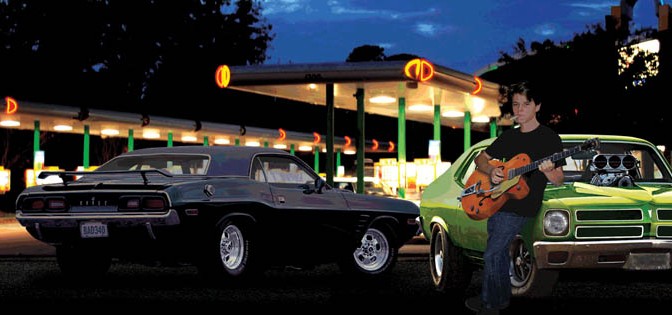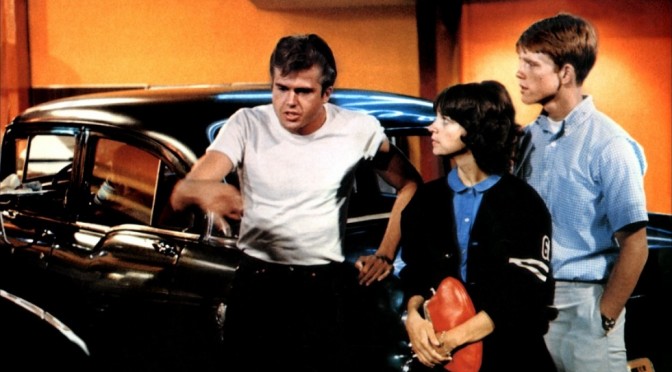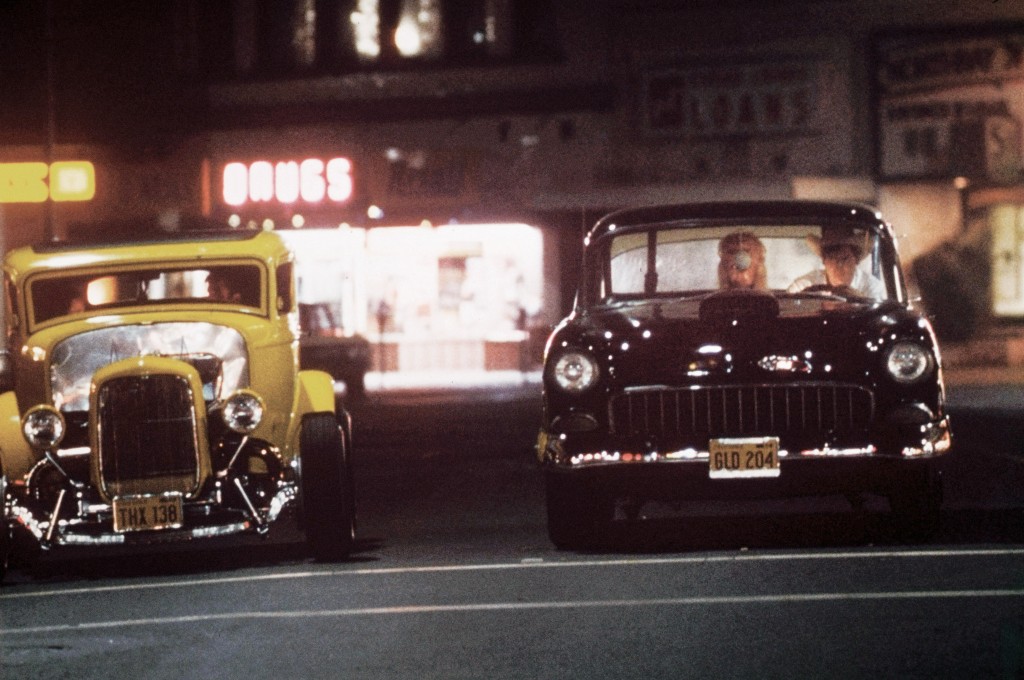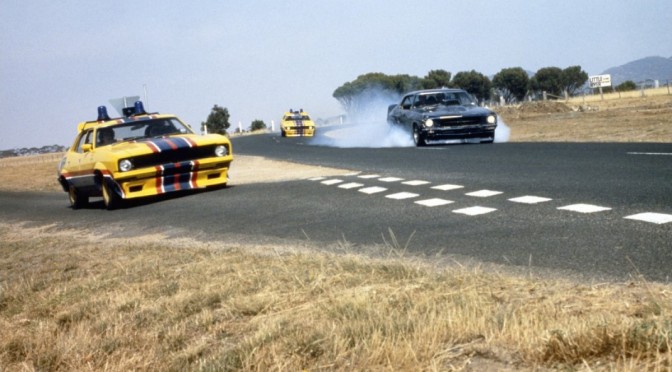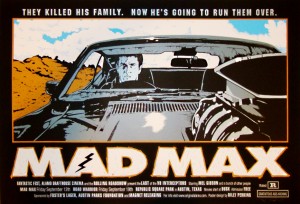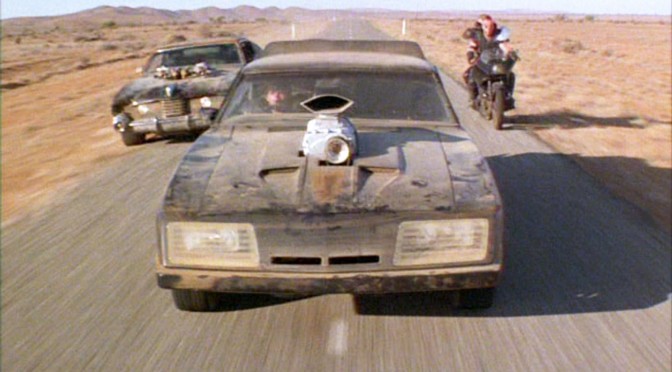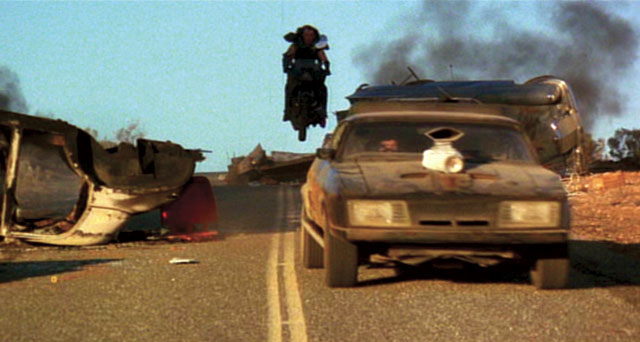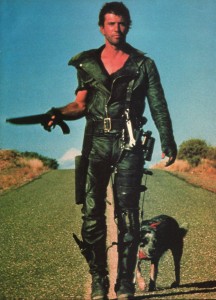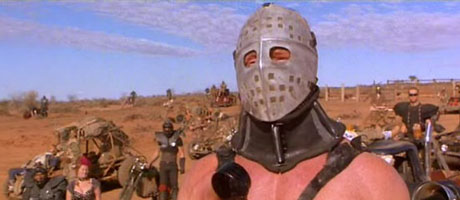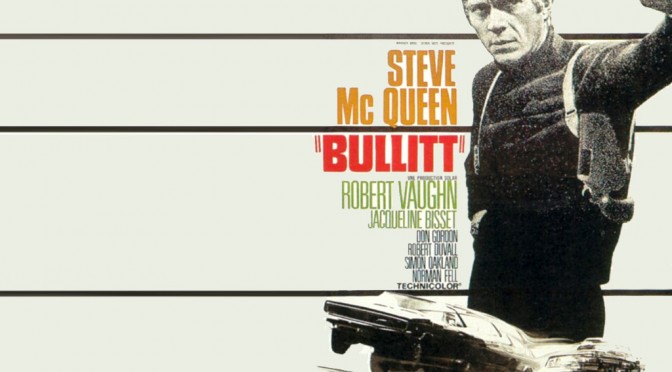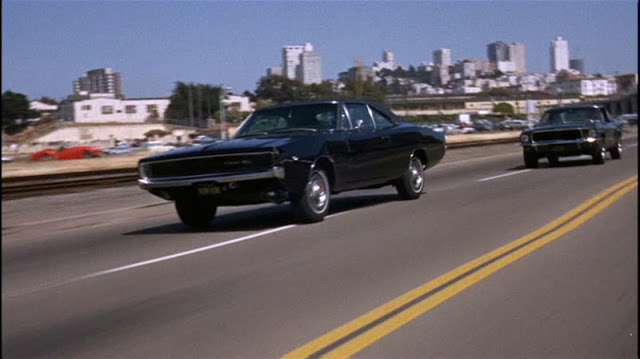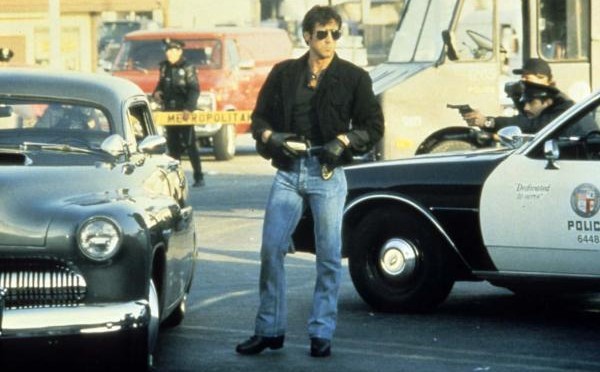One reviewer called Fast Cars and Rock & Roll “gearhead porn,” and I guess it is. Unfortunately, gearheads are an endangered species and an even smaller niche than I thought.*
But anyway… below is an excerpt from Chapter 37 from The Ultimate Gearhead Novel–as good a way as any to close out Speed Week Plus.
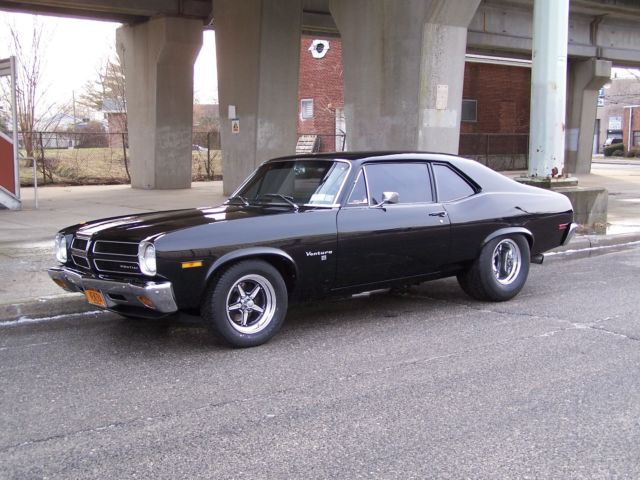
Deke Jones has been doing pretty well on the track, but a road course wreck damaged his Pontiac Ventura II to the point he is not allowed to finish the campaign in it. Not only that, he just discovered the truth about his scorching-hot girlfriend, and dumped her with gusto. Down but not out, our hero has teamed up with his fellow musclecar pilot, Gloomy, to finish the race campaign in Gloomy’s 340 Challenger.
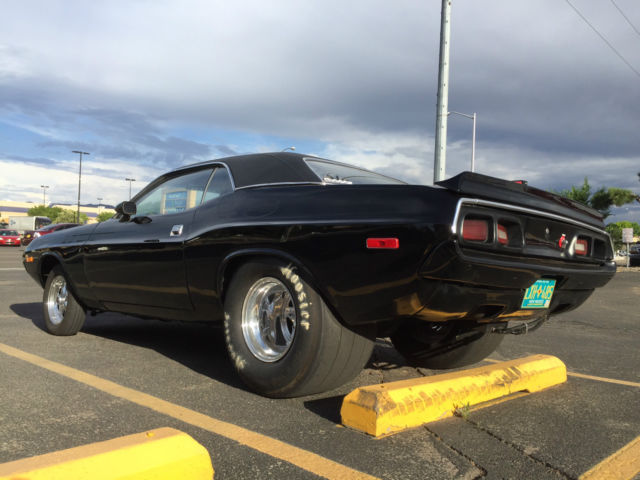
I tuned the Challenger for the elevation while Gloomy checked tire pressure, brake condition and some other vitals. As we strapped on our helmets, Gloomy asked, “Where’s Lena?”
“Gone,” I replied. “She is no longer a member of the team. Or any team.”
His eyes looked confused through the helmet face shield.
“I’ll explain later,” I said. “Let’s get ready to wring this thing out.”
We rolled up onto the portable ramps by the scrutineer’s tent to undergo the quickest tech inspection ever.
Gloomy had quite the collection of his own compilation tapes, and popped one in the cassette deck while we waited. I hummed along with the Rolling Stones singing “It’s All Over Now.”
“It ain’t all over by a long shot,” Gloomy declared with a cocky grin. “We’re just gettin’ started.”
I wondered if my new teammate was schizophrenic or manic depressive. Well, as long as he wrenched hard, drove smart, and spoke the truth, I wouldn’t complain.
We passed tech and rolled up to the start line. The flag waved and Gloomy kicked it in the guts. He banged through the gears and we were flying in short order. But he began to back off the throttle too soon in top gear.
I checked my pace notes. “Keep the hammer down!” I yelled over the engine noise. “You’re coming up on a gradual sweeper with nice banking. No problem!”
Gloomy rolled back on the loud pedal and we continued to build speed through the sweeper. The lateral Gs were noticeable, but the wide-tracked Challenger stuck to the pavement with no trouble.
I called out the features before we came to them, including turn radius when appropriate.
The next song up was “Baby Please Don’t Go” by Willie and the Poor Boys and I couldn’t believe it. The two of us might very well be the only ones who’d ever heard it. Evidently he, too, considered it an outstanding song to motorvate to.
I couldn’t see the speedometer from where I sat, and it didn’t go high enough anyway, but I was confident we were making excellent time.
We were approaching a moderate-to-hard corner and I shouted the details out to Gloomy. He began easing off the gas. Judging by his last few curves it was evident he’d learned a lot on the road courses about how to use the brakes and transmission together, keeping his RPMs up in the sweet spot for track-out. Here he was going to stab his brakes turning in, downshift just before the apex, then roll on the throttle tracking out.
Just before the curve was an underpass, but there was something weird about it. The shadow from the crossing bridge extended too far. As we drew closer, I realized it wasn’t part of the shadow…but what it was I didn’t know. It was like a dark carpet covering the sun-bleached gray asphalt.
The first time Gloomy touched the brakes, we were atop that mysterious carpet. Even from the passenger seat, I felt the Challenger get loose.
Time slowed down. We were in the curve now, and the tires were hydroplaning. Applying more speed was out of the question because we came into the turn at the ragged edge of the envelope already. Same with maintaining speed, for that matter. Deceleration and braking was only pushing the rear end around. We were on the verge of utterly losing control, and there were some very large boulders on the roadside that appeared unforgiving.
I fought the sick feeling in my stomach as we slid, swerved and floated toward our doom, and yelled, “Road warrior!”
Gloomy’s reaction may have been just fast reflexes. Or maybe part of him, deep down, was still a soldier ready to use his training at the instant of a verbal command. He worked the brakes, clutch, shifter and accelerator like he was simply part of his machine. Within a fraction of a second, his rear tires were tearing backwards.
The Challenger was pulled straight and our speed plummeted like we had popped a drag chute.
I saw a piece of the dark carpet lift into the air before us. Then another. And another. The carpet disintegrated before us as first dozens, then hundreds, then thousands of its components lifted off from mother earth and scattered. One came through the window and whacked me in the arm. It looked like a beetle.
Some kind of Alfred Hitchcock/Steven Spielberg conspiracy of the insect kingdom had nearly sent us spinning into oblivion.
Nine out of ten people with a driver’s license probably would have come to a stop, smoked a cigarette, done some deep breathing exercises or uttered a prayer while their heart rate slowed to normal. I sure did want a cigarette right then.
But Gloomy didn’t fear the reaper. He slammed the clutch in, banged into third and, now with traction again, dug out right back for open road. He cranked the volume on the tape deck even higher. I honestly believe the worst part of the whole incident for him was that part of a good song was drowned out in the scream of rubber.
I grabbed the CB mike and broadcast a warning to anyone who had their ears on. Coug answered immediately. I told him to warn the officials about the Beetle Death Trap, giving him the nearest mile marker and the underpass as a landmark.
By this time Gloomy was topped out and the scenery was zinging by in a green-brown blur. The final straight was a steep downhill stretch and it felt like we may have hit 190 before the road flattened out again.
Gloomy didn’t let off the gas until we passed the flag man. As the Challenger slowed and backrapped, Gloomy let out his war cry–something between a dog barking and a rebel yell.

